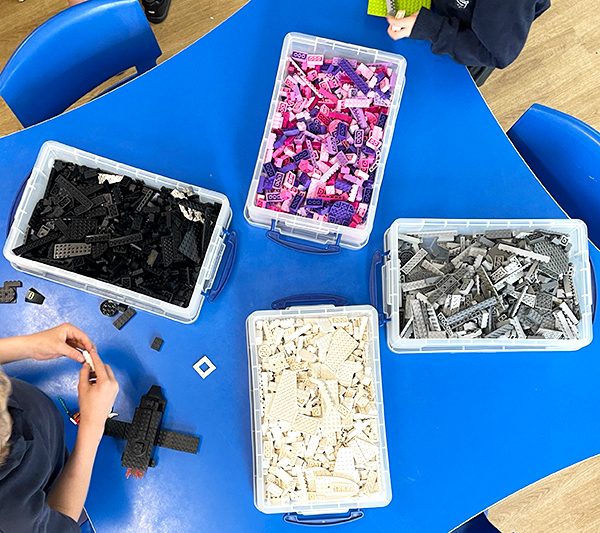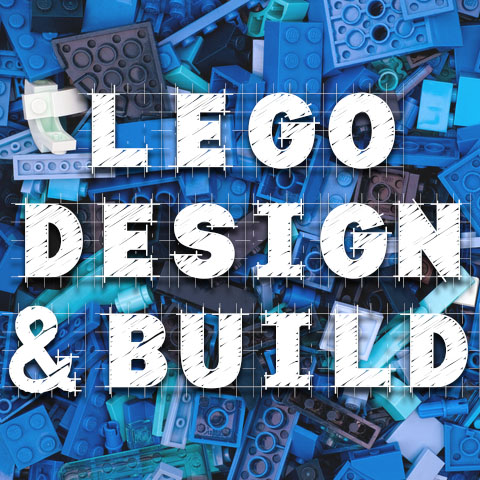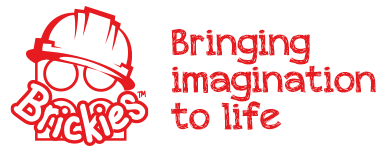KS1 History of Toys Workshop
Welcome to our KS1 History of Toys workshop! Designed to captivate young minds, this immersive experience takes students on a journey through time, exploring the fascinating evolution of toys from the Victorian Age to the present day. Through engaging activities and hands-on LEGO building challenges, students will not only learn about the history of toys but also develop their creativity, problem-solving skills, and teamwork.
The KS1 History of Toys workshop is a part of our comprehensive KS1 History series. We offer a variety of engaging and educational workshops, including The Great Fire of London, Castles and Knights, Titanic, Prehistoric Ages, and Transport through the Ages. Each workshop is designed to immerse students in different historical topics, bringing history to life through interactive activities and hands-on learning. Be sure to check out our other workshops to see how we can enrich your students’ understanding of history with fun and memorable experiences.
Workshop Learning Objective
The learning objectives of our KS1 History of Toys workshop are designed to align with the history curriculum. Students will learn about the evolution of toys from the Victorian era to today, gaining a deeper understanding of their historical contexts. They will explore how LEGO toys have changed over time, focusing on creativity and innovation. The workshop also promotes problem-solving and teamwork through engaging LEGO building challenges, helping students develop critical thinking and collaborative skills. This ensures that students not only learn about the history of toys but also gain valuable skills for their overall development.
Workshop Learning Outcome
By the end of the KS1 History of Toys workshop, students will have achieved several key learning outcomes. They will be able to identify and describe toys from different historical periods, understanding their significance and how they reflect changes in society. Students will have learned about the origins and development of LEGO, recognising the role of creativity and innovation in its success. Additionally, through the LEGO building challenges, students will have enhanced their problem-solving and teamwork skills, demonstrating improved critical thinking and the ability to work collaboratively on creative projects.

What To Expect From This Workshop
What Will The Students Build
When it comes to building, the Brickies experience ensures that children have access to all the LEGO bricks they need to bring their imagination to life. We provide thousands of LEGO bricks, meticulously sorted by color and key part types to guarantee the best possible building experience.
During this workshop, there will be two exciting building challenges:
Time Machine Challenge: Students will design and construct their own LEGO time machine to explore the history of toys.
Ole Kirk Kristiansen’s LEGO House Challenge: Inspired by the famous red LEGO House in Billund, students will create their own version of Ole Kirk Kristiansen’s toy factory or house, allowing for unique and creative interpretations.

Why KS1 Children Will Enjoy The History of Toys Workshop
KS1 History of Toys Workshop Duration
Our History of Toys LEGO Building Workshop is 75 minutes of immersive, hands-on learning. We begin with an engaging visual presentation that vividly showcases the evolution of toys from the Victorian era to the present day. During this session, we explore existing knowledge and discuss key facts about the history of toys and the LEGO company.
Following the presentation, we introduce two exciting LEGO building challenges. First, the children are tasked with building their own time machines to travel through different toy eras, including a stop in 1932 to learn about the founding of LEGO. The second challenge involves creating their own version of Ole Kirk’s LEGO house, inspired by the famous red LEGO house in Billund, focusing on key architectural features.
To conclude the workshop, we review the children’s creations, summarise the key lessons learned, and encourage teachers to capture photos of the LEGO masterpieces. This workshop not only educates but also inspires creativity and critical thinking through playful construction.

Pricing
We determine the price of our KS1 History of Toys School Workshop according to the number of children attending and the duration. Our priority is delivering a fun, engaging, and memorable learning experience at an affordable rate. After assessing your requirements and tailoring the package, we’ll provide a transparent upfront price with no hidden fees.
If you are interested in bringing a subject to life with our Brickies LEGO building workshops then we advise you to enquire sooner rather than later as availability is limited. Please use the enquiry form below or email [email protected] for more information.
Contact us today
Please submit your enquiry details below. We aim to respond to all enquiries within 24 hours. If you do not receive a response within that time please check your spam / junk folder as we sometimes have issues with emails landing there. Alternatively email [email protected] to follow up.

